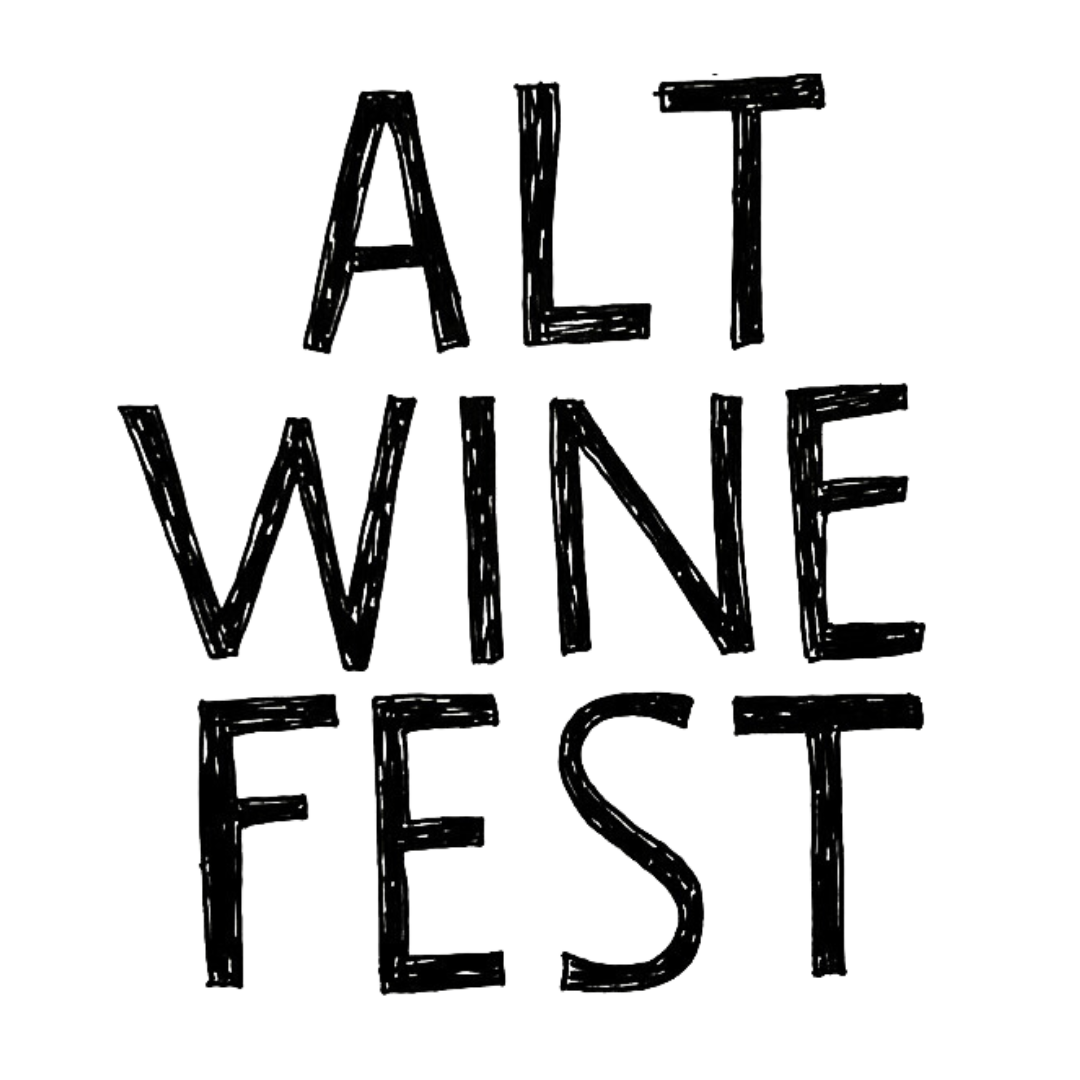Is Chardonnay Oregon’s Next Big Thing?
Despite the dozens of more esoteric grape varieties that will be showing their shining faces at Alt Wine Fest, there will be some familiar ones as well, including the much loved (and often hated) Chardonnay.
Is Chardonnay really an “alternate” Oregon variety?
After all, it is Pinot Noir's spiritual sister. (It’s the world-renowned white grape of Burgundy. The yin to Pinot Noir’s yang.) Plus, everyone knows Chardonnay and, I would suppose, many are quite tired or bored or feel quite blasé toward Chardonnay’s frequent appearances.
But, though it is the third most planted grape in Oregon, its 6% of total acreage pales in comparison to Pinot Noir’s 60%. (Pinot Gris is number two at 14%.) (Stats from Oregon Wine Board, 2020.)
I, personally, am a bit obsessed with Oregon Chardonnay.
With the risk of generalizing an entire region, here’s what I’ve observed: they tend to be clean and linear on the palate—at first—with a straightforwardness and coyness that suggests a cooler climate. Then the mineral tinglyness comes in; oh, that texture! As the wines open up, they broaden, filling your mouth with a litany of notes of everything (from brioche and spice to green apple, citrus peel, pineapple, honeysuckle). There is always a savory element that leaves my mouth wanting more. And while being full and brimming, they are never heavy or cumbersome.
All that to say, I’m sold.
Chardonnay in Oregon has had quite the tumultuous history.
Oregon winemakers have been experimenting with it since the modern industry started in the 60s, but it has been decades of ups and downs, some wins and certainly lots of losses. (A lot of this has to do with clonal selections, which can be its own über-nerdy essay for another time.)
But Chardonnay is edging its way through its own turmoil and it’s coming out on top.
Go wine tasting anywhere in the Willamette Valley and you’ll notice that, though you might have come for the Pinot Noir, there will be at least one, if not two or three, Chardonnays that will show up in the line up. And, sometimes, these are the wines that the producers are most proud of and excited by.
I went to a few tastings recently where the Chardonnays were poured first, before any Pinot Noir, so as to not let Chardonnay be considered just a “lowly, less respected white” at the end of the tasting.
Oregon Chardonnay is the bee's knees. And winemakers know it.
Ken Pahlow of Walter Scott for example has said that “the Willamette Valley has the potential to make the best Chardonnay in the world—without even trying.” A representative from Evening Land has said that, if the market could support it, they “hope for Chardonnay to be half our production, equal with Pinot Noir.”
And this is just the beginning, folks.
You can’t really go wrong with Oregon Chardonnay, but if you need a place to start, seek out Chardonnays by these producers:
Hazelfern
Eyrie
Walter Scott
Goodfellow
Crowley
Statera
Brick House
Kelley Fox
Evening Land
Happy drinking!


